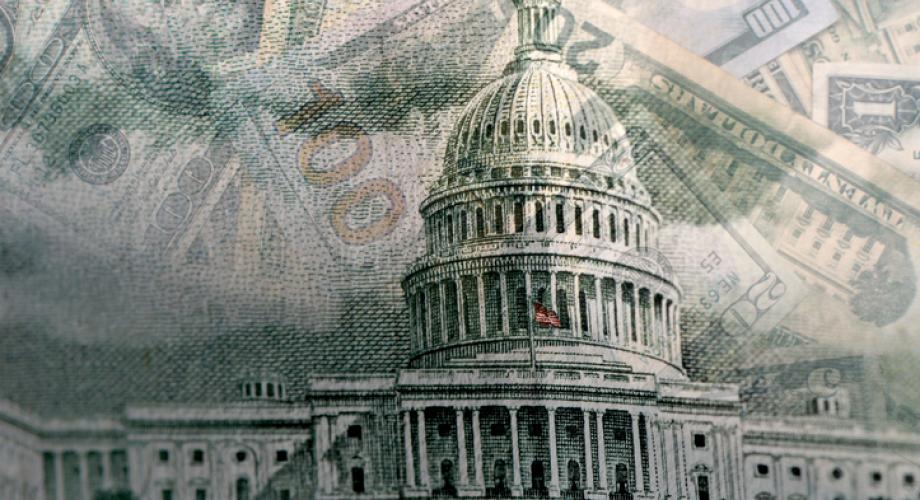On December 27, 2020, President Trump signed into law a much-needed $900 billion COVID-19 relief package, combined with the $1.4 trillion budget that will fund the government through September 2021. Importantly, the new law includes $25 billion in dedicated emergency rental assistance funding, administered by the Department of the Treasury (USDT). Like renters, housing providers continue to struggle with the financial impacts of COVID-19 and were relieved to see that rental assistance was included in the latest package.
Throughout the COVID-19 emergency, the National Apartment Association (NAA) and its real estate coalition partners have utilized the power of their collective voice to advocate for the unique needs of the industry. We continue this work with Congress and the administration to ensure that rental assistance funding is distributed quickly and efficiently to support renters and housing providers in need.
As USDT has begun the certification process for states, territories, tribes and local governments to receive allocations of the funding, NAA is focusing its work on the implementation process and has asked USDT to consider the following principles:
- Flexibility in Eligibility - Provide flexibility with regard to demonstration of eligibility for those who participate in the program; a certification or affidavit of need should be sufficient. In regard to applications of housing providers on behalf of their residents, proof of consent should be easily demonstrable.
- Reduction of Barriers - Enable funds to be utilized without extraneous requirements that undermine Congressional intent. The legislation is clear that these funds can be used for past and current rent, utilities and “other expenses related to housing incurred directly or indirectly, to the novel coronavirus disease.” States should be prohibited from imposing additional prerequisites on housing providers or renters. Examples include obligations for owners to accept discounted rents or additions to the length of the lease term without corresponding payment.
- Emphasis on Communication - Widely communicate the availability of assistance and application processes for housing providers and renters, ensuring extensive distribution of resources and closes any gaps in service to those in need.
- Safe Harbors - Allow for safe harbors by which states, localities, and program participants may operate in good faith and within the intent of the legislation. The overarching goal should be to assemble reasonable supporting documentation and enable the assistance to flow quickly and efficiently. Consider providing sample forms for housing providers and renters to use.
- Broad Support for Housers - Ensure broad distribution of funds across rural, suburban and urban markets, and to all property types – small, medium and large – including residents in manufactured housing communities and housing cooperatives.
According to Moody’s Analytics, there will be a $70-75 billion backlog in rent owed by January. Property owners have been bearing the brunt of the costs associated with the federal eviction moratorium, keeping families in their homes throughout the pandemic while receiving minimal rental income. It is critical that state and local governments act to help protect these Americans and our critical housing stock by requesting rental assistance funds, ensuring the public health crisis does not become a housing crisis.
If you have any questions regarding the emergency rental assistance program, please contact Jodie Applewhite at [email protected].
